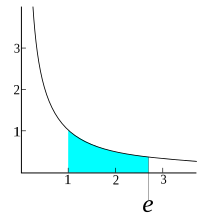
Photo from wikipedia
The dose-dependent effects of single metals (Zn, Ni, and Cu) and their combinations at steady time-actions on the cell viability of the bacteria Shewanella xiamenensis DCB 2-1, isolated from a… Click to show full abstract
The dose-dependent effects of single metals (Zn, Ni, and Cu) and their combinations at steady time-actions on the cell viability of the bacteria Shewanella xiamenensis DCB 2-1, isolated from a radionuclide-contaminated area, have been estimated. The accumulation of metals by Shewanella xiamenensis DCB 2-1 in single and multi-metal systems was assessed using the inductively coupled plasma atomic emission spectroscopy. To estimate the response of the bacteria’s antioxidant defense system, doses of 20 and 50 mg/L of single studied metals and 20 mg/L of each metal in their combinations (non-toxic doses, determined by the colony-forming viability assay) were used. Emphasis was given to catalase and superoxide dismutase since they form the primary line of defense against heavy metal action and their regulatory circuit of activity is crucial. The effect of metal ions on total thiol content, an indicator of cellular redox homeostasis, in bacterial cells was evaluated. Genome sequencing of Shewanella xiamenensis DCB 2-1 reveals genes responsible for heavy metal tolerance and detoxification, thereby improving understanding of the potential of the bacterial strain for bioremediation.
Journal Title: Toxics
Year Published: 2023
Link to full text (if available)
Share on Social Media: Sign Up to like & get
recommendations!